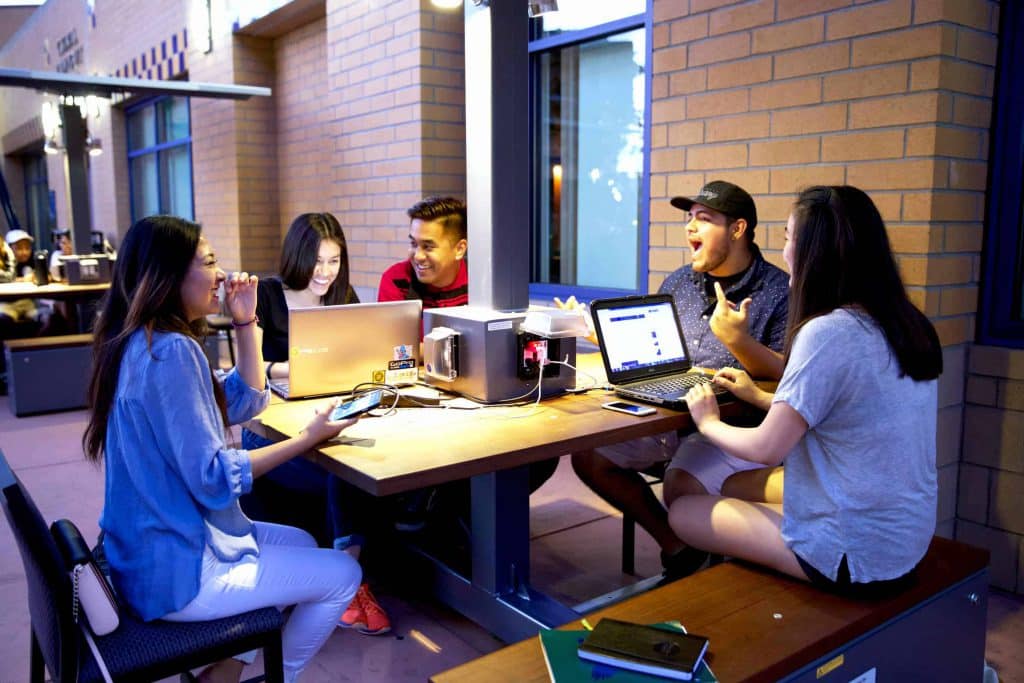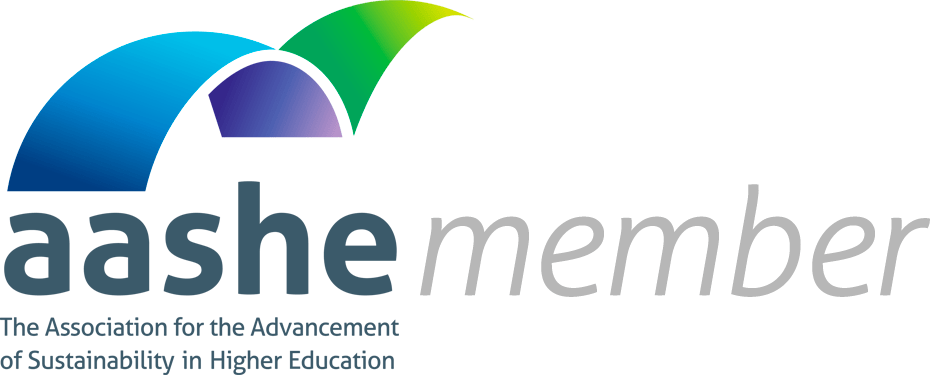In May 2016 the University of California, Irvine was abuzz with students and faculty preparing for their finals and the much-anticipated close of the spring semester. Instead of locking themselves indoors to hit the books as usual, this year students were able to enjoy the benefits of working outdoors with two newly installed Sunbolt solar charging stations.
The Sunbolts, which were financed by The Green Initiative Fund, provide an outdoor workstation where users can charge their electronic devices with off-grid and eco-friendly energy. The tables’ solar panels use a 530-watt solar array and a 225-amp hour gel cell battery to charge up to 150 hand-held devices a day. With the Sunbolt, students can now bring their laptops and phones outside to complete work without the fear of losing a battery charge. The tables also include LED lighting for continued use at night.
The project, which was spearheaded by Director Stacey Murren, has already seen a positive response as a result of installing the Sunbolts on campus. “During the installation, students and faculty were stopping by, taking photos, and studying the table curiously…. [Since the installation] people have been crowding around the table,” explains Brian Petyo, one of UCI’s Marketing Managers.
The tables are located at the UCI Student Center, which also serves as a conference center. “The aesthetics of the table were important. We have a lot of VIPs come through here; we needed [the tables] to work and fit with this idea of a conference center that can have a lot of eyes on it,” says Petyo.
However, these latest additions to the UCI campus go much deeper than just aesthetics. The Sunbolt installations are aligned with the university’s carbon neutrality initiative to eliminate the production of all greenhouse gases by 2025. The Sunbolts are a symbol of the university’s commitment to both the student body and the local community, and have already opened up the conversation concerning how students and faculty can work together to create a more sustainable future. As Brian Petyo put it, “It’s not just a simple way to get people off the grid, it’s also a way to get students talking about sustainability. It starts a conversation between students and faculty about how they can work to improve the campus through innovation.”



